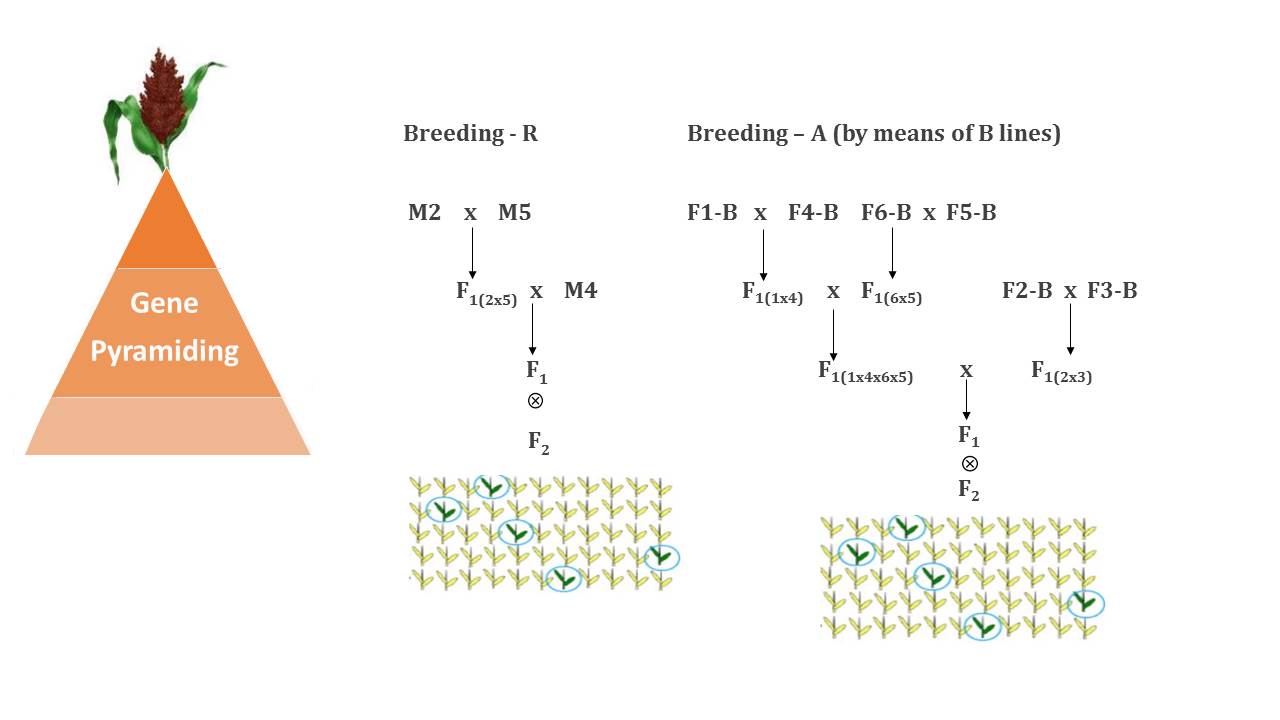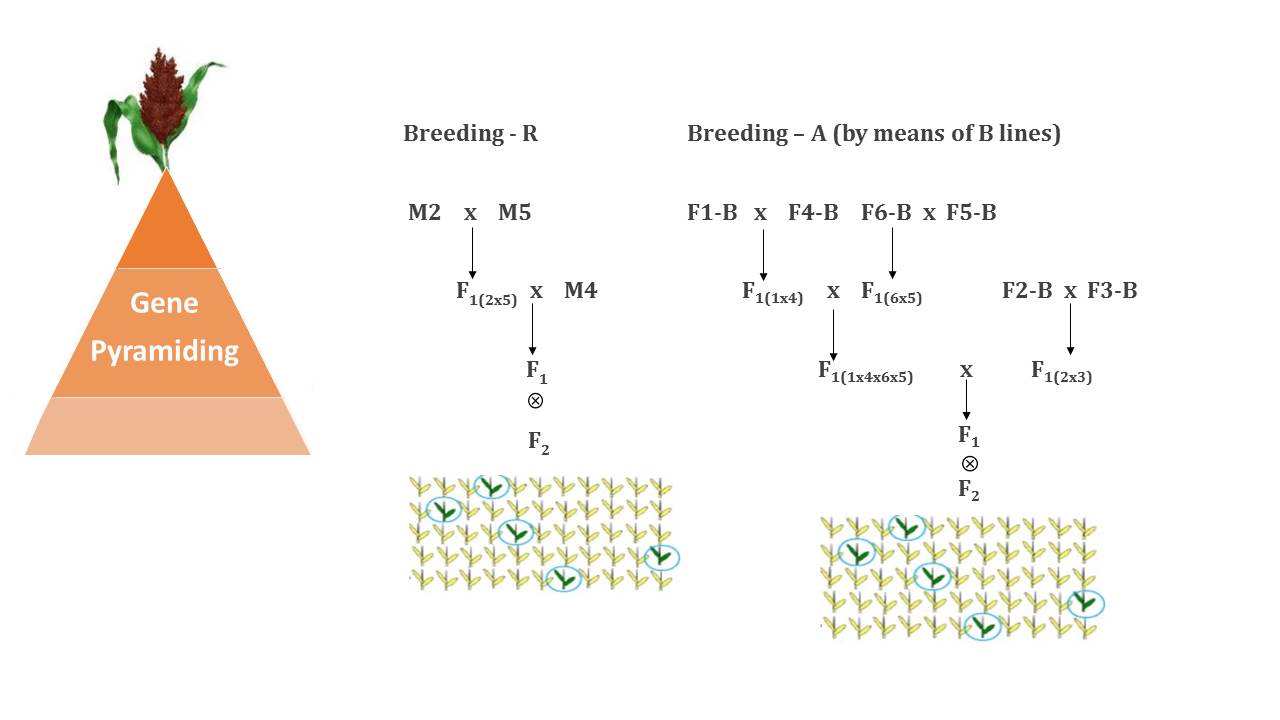Combining yield, earliness and plant height in a single genotype: a proposal for breeding in grain sorghum (Sorghum bicolor L.)
DOI:
https://doi.org/10.48162/rev.39.002Palabras clave:
capacidad combinatoria, dialelo, híbridos, macho esterilidad, Sorghum bicolor L.Resumen

Grain sorghum production has expanded during the off-season when rainfall oscillates and becomes insufficient. Aiming to obtain better adapted cultivars, breeding programs have sought new combinations of hybrids with earliness, high grain yield, and ideal plant height for harvesting. This study aimed to estimate de combining ability of grain sorghum lines, proposing a breeding strategy, to identify hybrids gathering high yield, earliness, and desired plant height. Thirty-six hybrids from crosses of 12 lines were evaluated at two sites in the Brazilian region known as Cerrado biome. The evaluated traits were: days to flowering, plant height, and grain yield. For the diallel analysis, Method 4 of Griffing adapted to partial diallel was adopted. By combining ability analysis, we identified promising lines to be used as parents to obtain more yielding, early, and ideal height hybrids. The findings allowed us to propose a breeding strategy, in which complex crosses should be performed to gather favorable alleles in new restorer and male-sterile lines. The hybrids 7, 9, 19, and 22 are the most suitable for growing in the evaluated sites.
Highlights:
- Combining ability analysis allows the identification of promising parents to be used in grain sorghum breeding program.
- Favorable alleles for each trait are contained in different parents, which makes gene pyramiding a necessary strategy to simultaneously gathering earliness, plant height suitable for harvesting, and high yield in a single hybrid.
- To improve the R lines, the cross between M2 (good donor for shorter height) x M5 (good donor for earliness) should be performed, and the hybrid resulting from M2xM5 can be crossed with the M4 line (good donor for high grain yield).
- The hybrid generated by the cross F1-B x F4-B (high earliness) should be crossed with the hybrid derived from F6-B x F5-B (shorter height), and the hybrid resulting should be crossed with the hybrid generated by F2-B x F3-B (high grain yield).
Descargas

Descargas
Publicado
Cómo citar
Número
Sección
Licencia

Esta obra está bajo una licencia internacional Creative Commons Reconocimiento-NoComercial-CompartirIgual 3.0.
Aquellos autores/as que tengan publicaciones con esta revista, aceptan las Políticas Editoriales.










.jpg)




